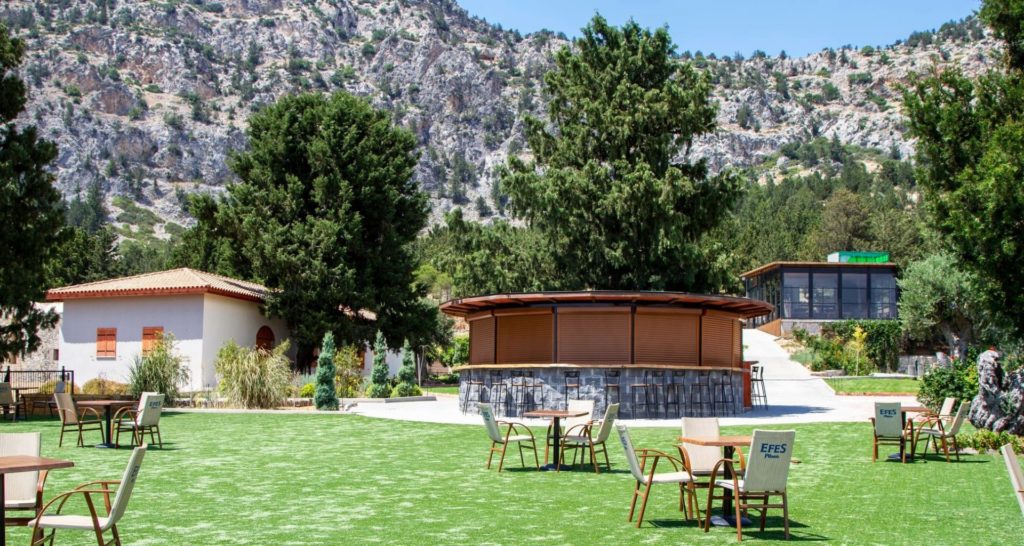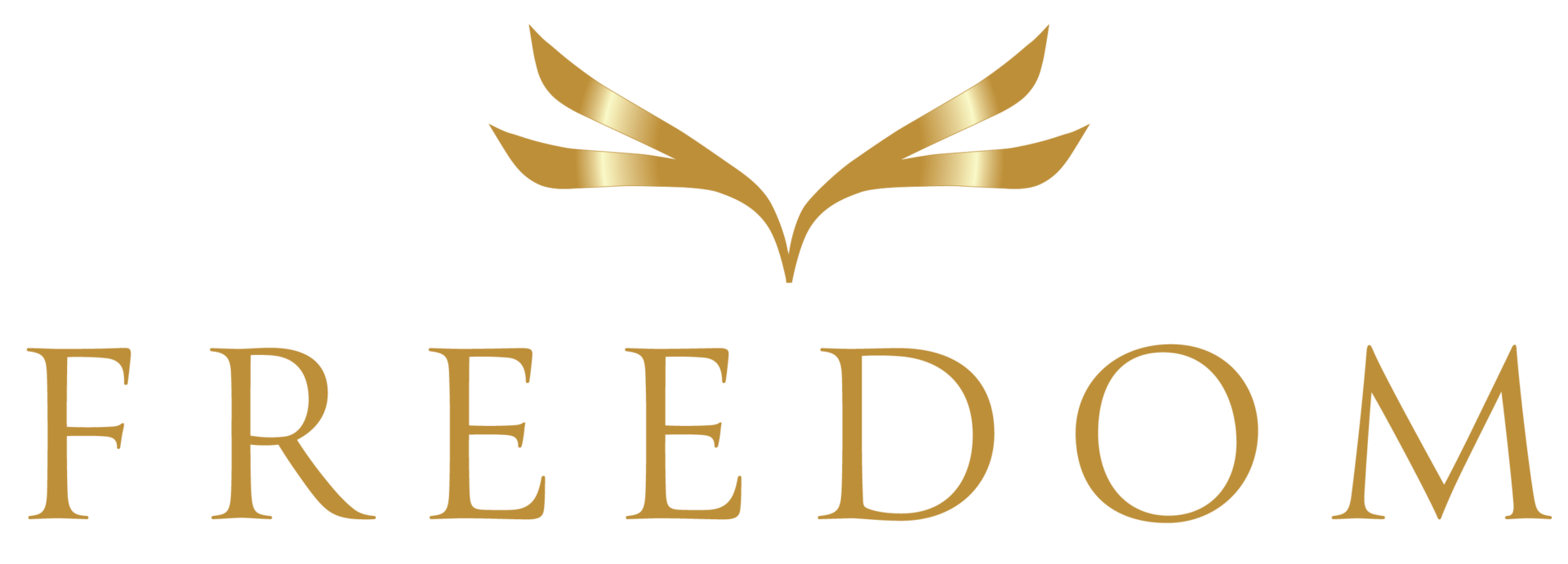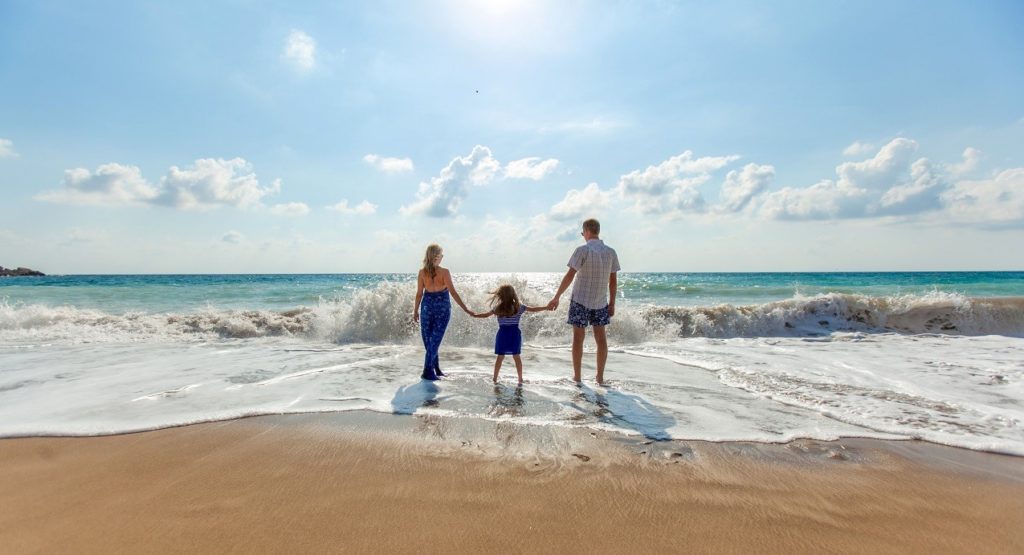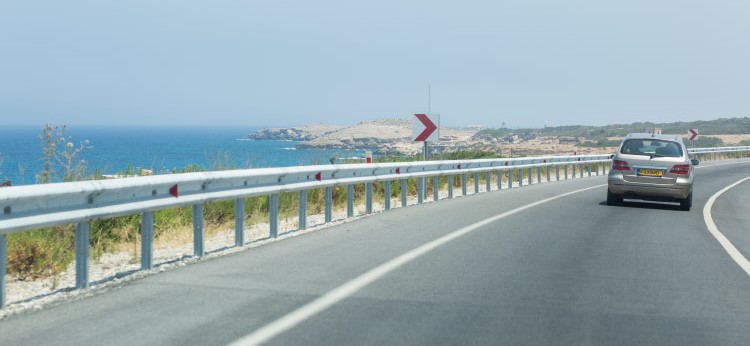
Creature comforts
Every animal at the Taşkent Wildlife Centre has a story, says general coordinator, Martin Marancos. Unfortunately, they’re mostly sad ones. They’ve been hit by cars, shot or simply dumped. Typical of the creatures living out their days in this haven on the southern flanks of the Beşparmak mountains is the Lonely Meerkat.

Meerkats, as we know, are well-dressed creatures who speak in a Russian accent and make a lot of money selling insurance on TV. Alright, not really, but like their animated avatars, the meerkat is a sociable and intelligent creature. It’s a mongoose that lives and hunts in a large extended family network, on the plains of southern Africa – so what is this one doing, all alone, in a cage in North Cyprus?
Like so many of Taşkent’s “guests,” as Martin refers to them, he simply shouldn’t be in North Cyprus at all. “He was found in the national park in Alsancak. He may have escaped from captivity or been dumped. He was almost certainly smuggled here, probably from Turkey, but he is not a native species. It’s cruel keeping social animals in singles, but he must stay here until the end of his days, without a mate, which is rather sad.”
Martin is a birdwatcher and environmentalist who says he “got dragged in by my wife one Sunday.” “What I saw was stunning. There’s nobody doing serious conservation like this, so I have become the general dogsbody looking after the place and showing people around.”



The Taşkent Centre houses a wildlife hospital, research laboratory, marine centre and a host of furred and feathered “guests,” in purpose-built accommodation. It is specifically for wildlife, so it doesn’t take cats or dogs, although it started as a simple sanctuary for donkeys and goats. Nowadays you are more likely to find a boa constrictor, a scorpion or a family of monkeys.


Internet entrepreneur Kemal Başat inherited 220 donums of land from his father. It wasn’t a glamourous legacy, comprising a series of disused lime kilns dotted around a dusty and inaccessible hillside. But animal lover Kemal saw the possibilities, rented surrounding land to make 650 donums (over 200 acres) in total and set about turning it into a lifetime project.
The Centre is run as a “not for profit” company, dependent on donations, grants which are small and infrequent, and the generosity of its founder. “Fundamentally it’s a hospital and research centre. We can take tours of up to about 40 people. We visit the monastery, have lunch in the park and make a day of it. There’s no charge, we ask for donations.”




